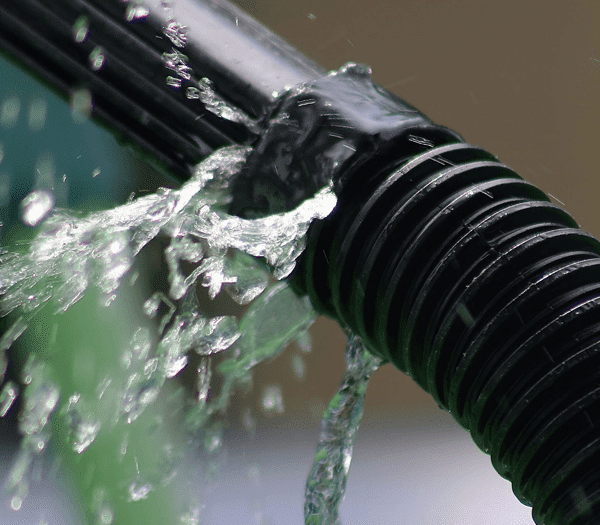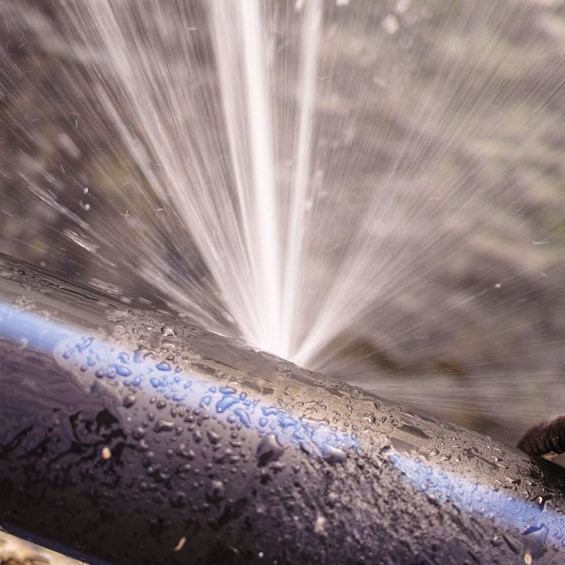Just how do you feel in relation to How to Prepare for Your Dishwasher Installation?

A ruptured pipeline is a major emergency; you can only stand as you enjoy water you pay very much to reunite with the earth. In worse situations, you observe a swimming pool on your cooking area flooring, which is a great trip hazard, specifically if you have children around. If the pipe that burst was in your wall surfaces, bad news: you may require to paint that whole area.
Just how can a tragedy like a ruptured pipeline be stopped as well as handled? Well, by paying attention to your expert emergency plumbings as well as complying with these guidelines.
How do I know when my pipelines have burst?
Varying water pressures
Pipes do not just burst in a day. You might have seen that your cooking area tap or shower doesn't run right away when you turn the faucet. It might stop for a couple of secs and after that blast you with more force than common.
In various other circumstances, the water may seem regular in the beginning, after that drop in pressure after a few secs.
Damp walls and water discolorations
Prior to a pipeline bursts, it will leakage, a lot of times. If this relentless leaking goes unnoticed, the leakage might graduate into a vast tear in your pipeline. One very easy method to avoid this emergency is to look out for damp walls advertisement water spots. These water spots will lead you right to the leakage.
Puddles under pipes and sinks
When a pipeline bursts, the discharge develops a puddle. It might appear that the puddle is expanding in size, and also despite the number of times you mop the pool, in a few mins, there's one more one waiting to be cleaned. Usually, you may not have the ability to trace the pool to any type of visible pipelines. This is a sign to call a specialist plumber.
Untraceable leaking sounds
Pipeline bursts can occur in the most undesirable locations, like within concrete, inside wall surfaces, or under sinks. When your home goes silent, you might be able to listen to an annoyingly relentless leaking sound. Even after you have actually checked your shower head and also kitchen faucet, the dripping might continue.
Beloved reader, the trickling may be originating from a pipeline inside your wall surfaces. There isn't much you can do about that, other than inform a specialist plumber.
Turn off the Water
When water ices up, it broadens in quantity by about 9 percent. And also it expands with incredible force: The stress inside pipelines may go from 40 extra pounds per square inch to 40,000 psi! No pipe can hold that much stress, so it breaks open. The break may take place where the ice forms, but more frequently, it occurs where water pressure locates a weak spot in the pipeline. That might be inches and even feet from the icy area. Discover the water shutoff valve and also turn off the water to avoid even more damage. You may additionally need to turn off the power as well, depending upon where the leakages takes place and exactly how large it is.
Contaminated water
Lots of people think a ruptured pipe is a one-way outlet. Fairly the contrary. As water spurts of the hole or gouge in your plumbing system, pollutants discover their method.
Your water might be contaminated from the source, so if you can, inspect if your water container has any problems. Nevertheless, if your alcohol consumption water is provided and detoxified by the city government, you ought to call your plumber promptly if you see or scent anything funny in your water.
What do I do when I find a burst pipeline?
Your water meter will certainly remain to run also while your water wastes. To minimize your losses, find the primary controls as well as turn the supply off. The water mains are an above-ground structure beside your building.
How to Fix & Detect a Leaking Pipe
How Do I Know if a Pipe is Leaking?
Leak detection tests can help you determine if your pipe has a leak. Even if you don’t see an apparent leak, you should still conduct leak detection tests regularly to save water and money—and prevent major damage to your home.
Water meter. It can be helpful to figure out what your usual water meter usage numbers are and then monitor them regularly. To monitor your meter, first, turn off all water faucets in your home. Check the meter and write down the numbers. In a few hours, check the meter again. If the numbers have changed, you have a leak. Water gauge. Use a water gauge to test your water pressure. Your showerhead should produce a certain amount of water pressure based on its model and design. If the pressure is lower than it is supposed to be for that specific showerhead, your home likely has a leak. Puddles. Look inside your bathroom, laundry, and kitchen sink cabinets. Puddles around the cabinets or around toilets, tubs, showers, and washing machines indicate the presence of a leaking pipe. You may also notice loose tiles, peeling or flaking paint, or mold caused by water accumulation. Napkin test. Even if you don’t see any puddles, you may still have a leak. You can test for water leaks in the bathroom, laundry, and kitchen by wiping below-sink connections with a napkin, paper towel, or piece of toilet paper. If it becomes damp, you probably have a leaking pipe under the sink. Discolored walls. Walls that are discolored—usually with brown or yellow stains—or bulging might mean that they have been impacted by water damage caused by a leaking pipe. Smell. A leaky pipe will create sitting water, and over time, that water may develop a musty smell. If your home smells musty, but you can’t locate the source, it may be due to a leak. Steps for Fixing a Leaking Pipe
A leaky drain can be remedied by tightening the pipe base, replacing the drain seal, caulking the rim, and tightening the pipe nut. Similarly, a leaking toilet pipe can be treated by tightening the packing nut. You may also need to replace the valve. A leaky faucet may just need tightening or replacement of the washers. If that doesn’t work, consider replacing your faucet. If your pipe has a hole in it, you may want to use a pipe leak sealer or pipe leak tape. This quick fix for water pipe leaks can also temporarily fix a copper pipe leak. https://www.ahs.com/home-matters/quick-tips/how-to-tell-if-pipes-are-leaking/

I stumbled upon that blog post about How to Prepare for Your Dishwasher Installation when doing a lookup on the search engines. Are you aware of somebody else who is excited by the subject? Do not hesitate to share it. Thanks a lot for your time invested reading it.
Appointment